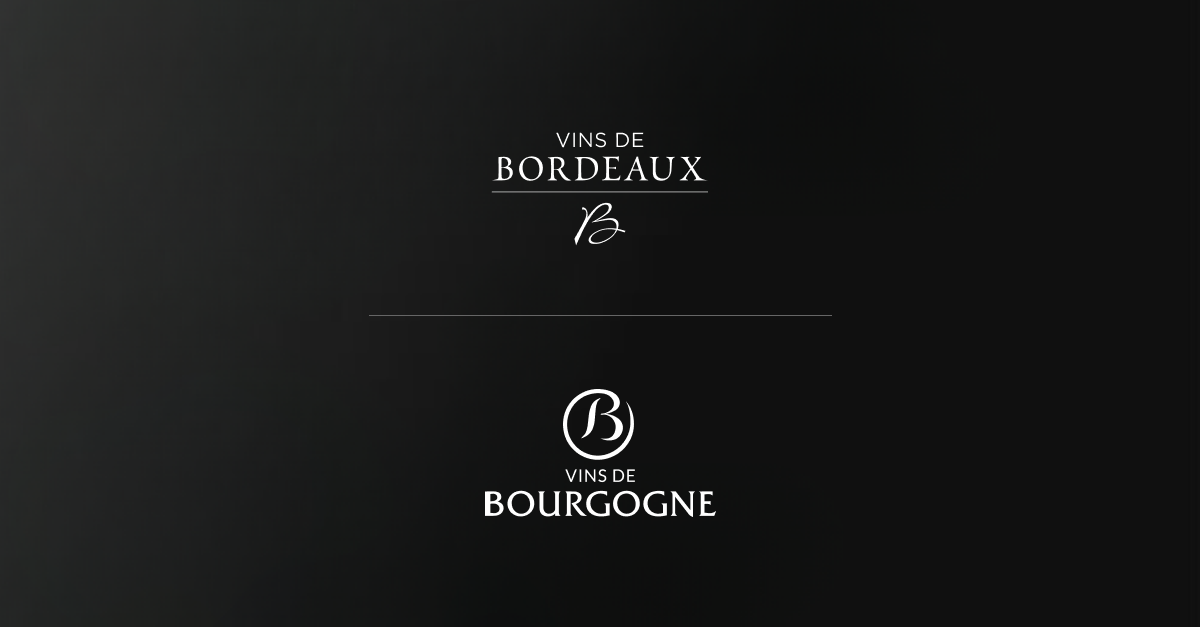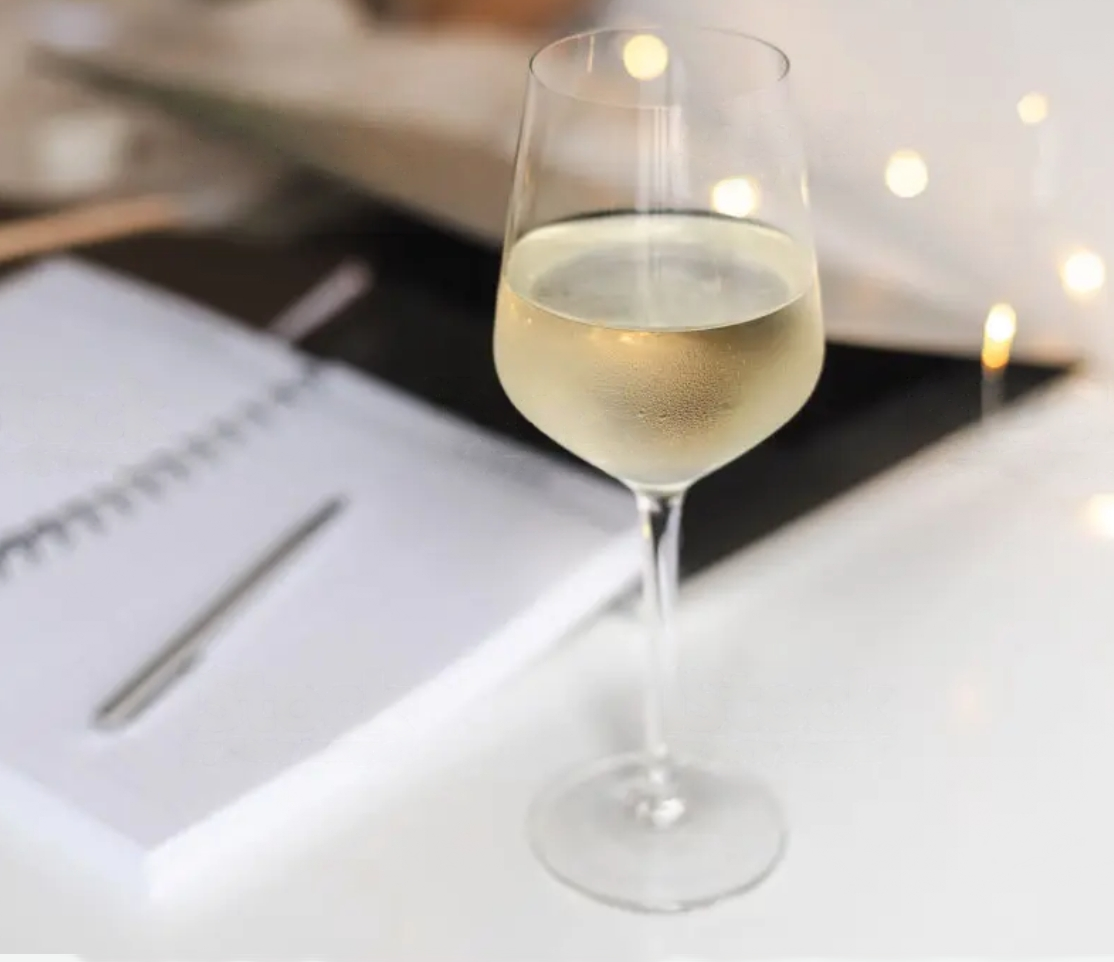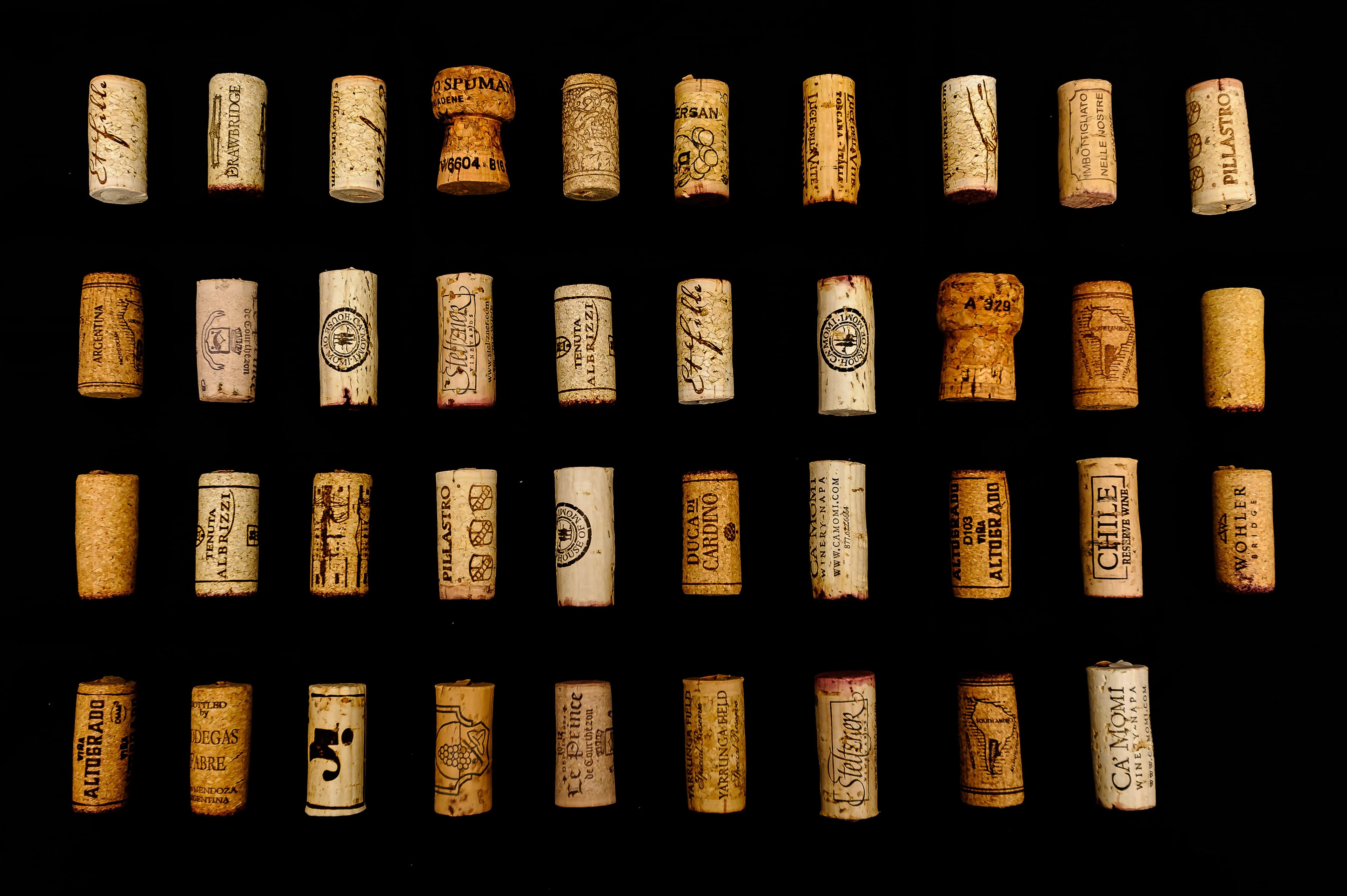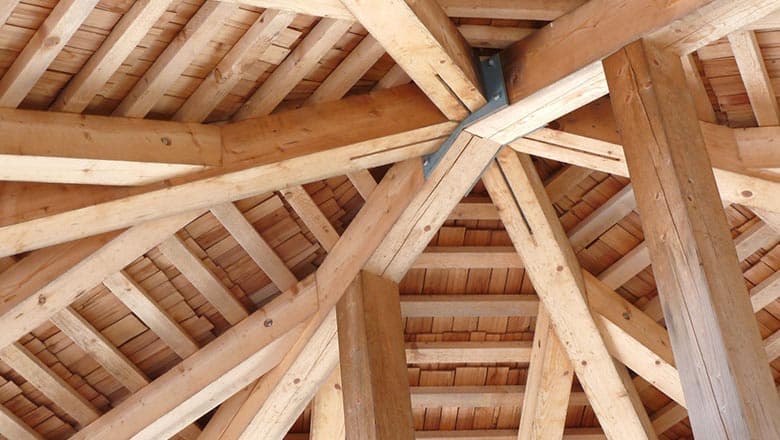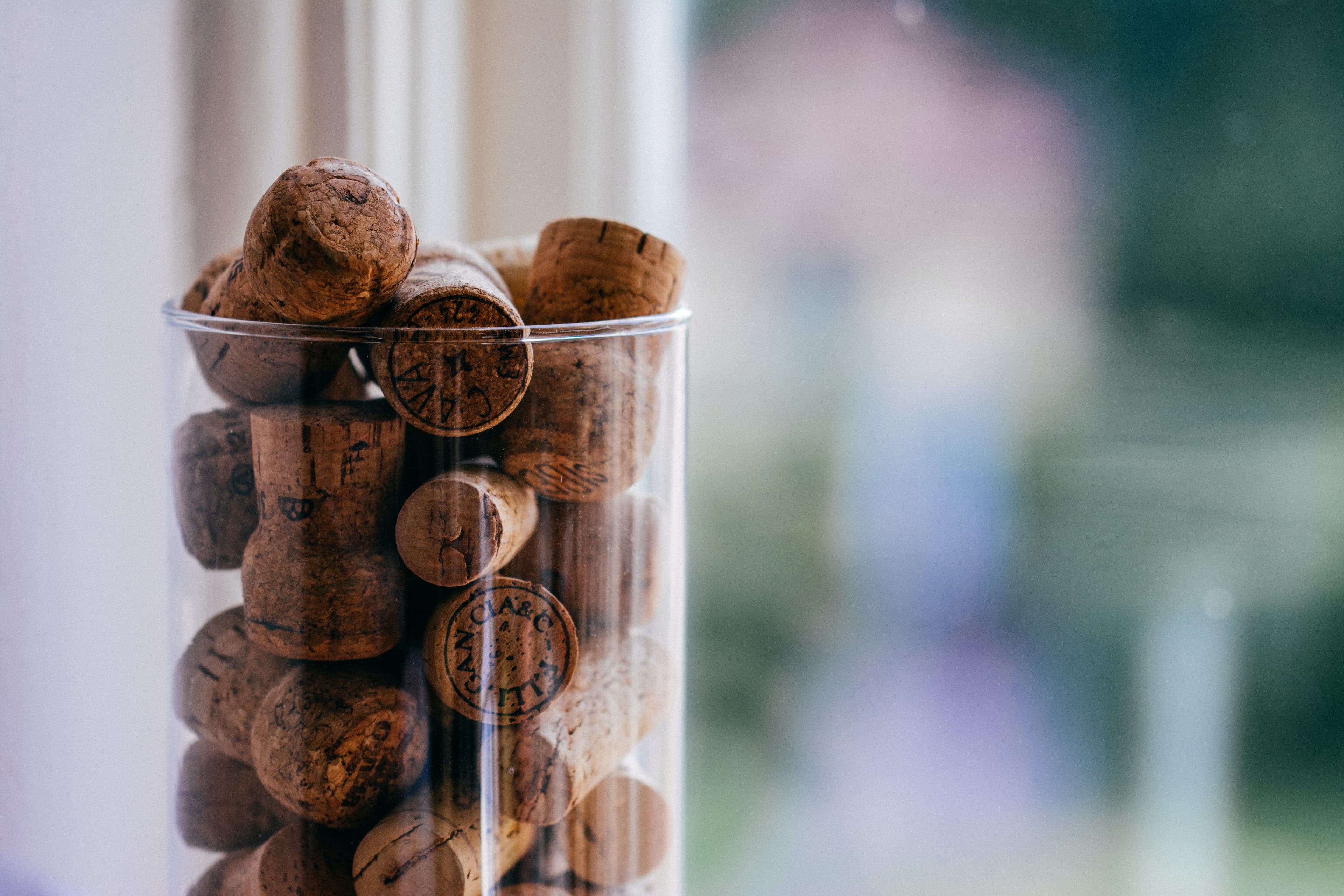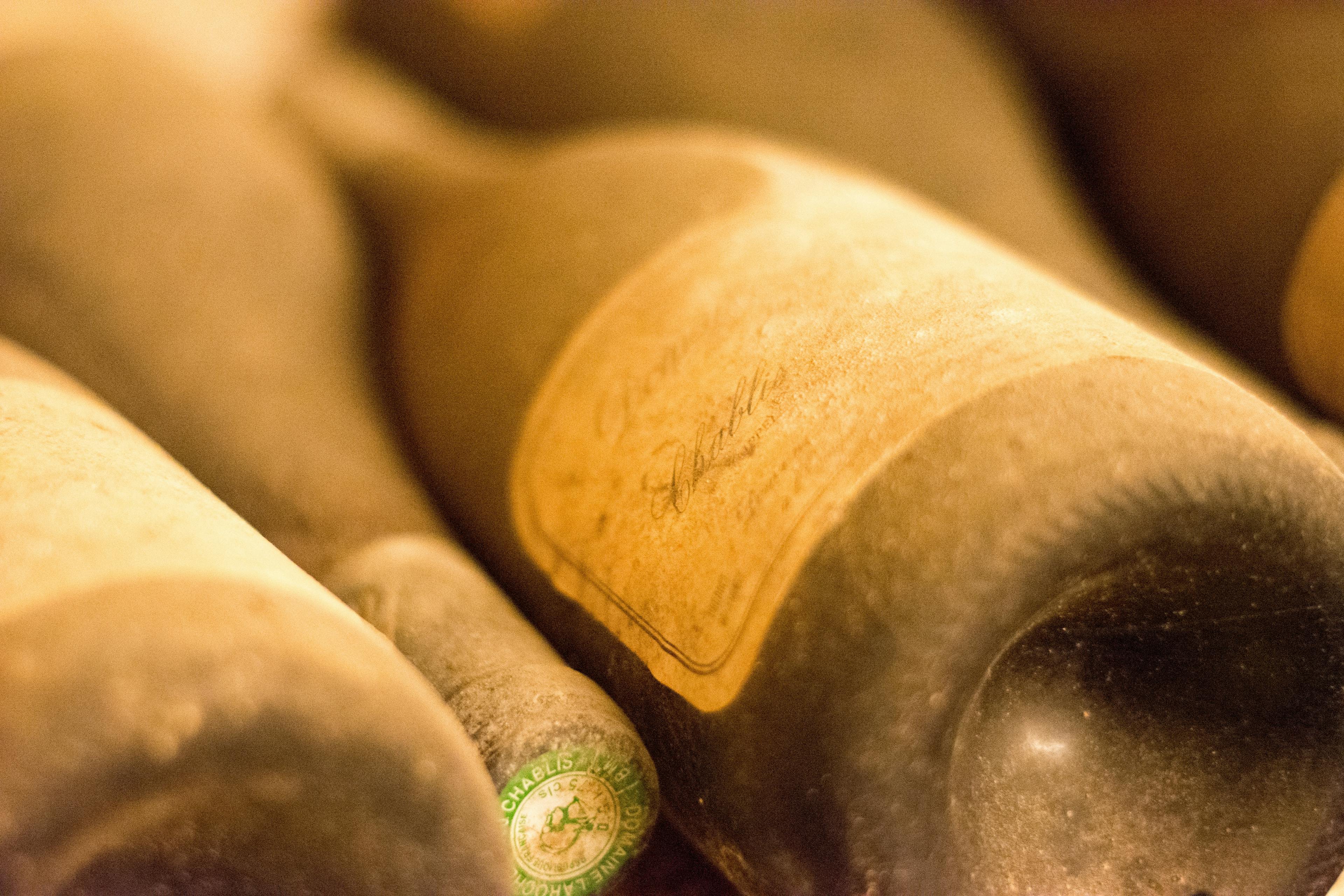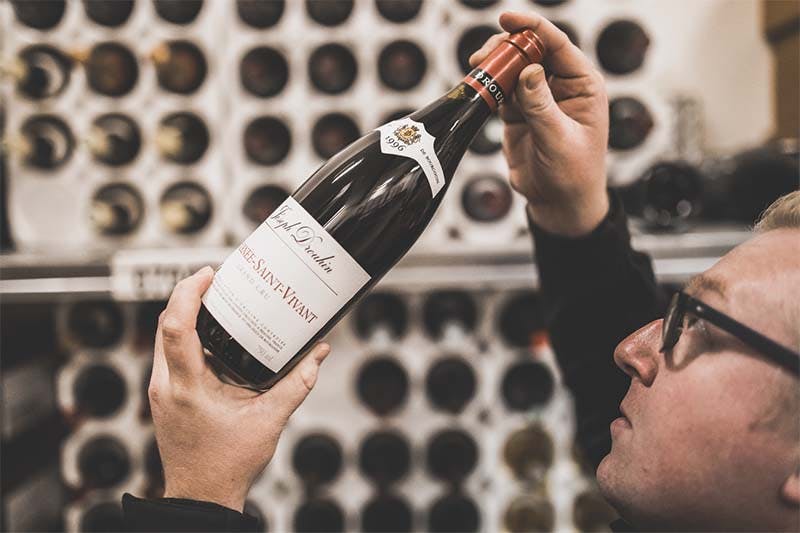
Storing Fontodi, a renowned wine, requires specific conditions to preserve its quality and enhance its aging potential. Proper storage is crucial for maintaining the wine's integrity and ensuring that each bottle reaches its full potential in terms of flavor and complexity. Factors such as temperature, humidity, light exposure, and positioning all play pivotal roles in the storage process. By adhering to the right storage techniques, you can ensure that your Fontodi remains in pristine condition, ready to impress at any tasting. Learn more about the best practices for storing this exquisite wine by visiting our detailed guide on /fontodi.
Ideal Storage Conditions for Fontodi
To ensure the longevity and preservation of Fontodi's quality, maintaining ideal storage conditions is crucial. The environment should be consistently cool, with temperatures ideally between 12°C and 15°C. This range helps in preserving the taste and complexity of the wine without accelerating the aging process. Humidity also plays a significant role; a level of about 70% is recommended to keep corks in good condition, preventing them from drying out and allowing air to enter the bottle, which could spoil the wine.
Additionally, Fontodi should be stored away from direct sunlight, as UV rays can degrade and prematurely age wine. A dark place, like a cellar or a cabinet designed for wine storage, is most suitable. It’s also important to keep the bottles in a horizontal position to keep the liquid against the cork, which helps prevent it from drying out.
By adhering to these guidelines, collectors and enthusiasts can ensure that their Fontodi remains in the best possible condition, ready to be enjoyed at its peak maturity.
Long-Term vs Short-Term Storage Tips
When considering the storage of Fontodi, it's crucial to distinguish between long-term and short-term strategies to maintain its quality and flavor. For long-term storage, conditions should be stable, with temperatures ideally kept around 55°F and humidity levels at approximately 70%. This environment helps preserve the integrity of the wine and prevents premature aging. Bottles should be stored horizontally to keep the cork moist, which is essential in preventing air from entering the bottle and spoiling the wine.
In contrast, short-term storage requires less stringent conditions. Fontodi can be kept at a slightly higher temperature, around 60°F to 65°F, without significant risk of damage if it will be consumed within a few months. It's still advisable to store the bottles away from direct sunlight and vibrations, which can disrupt the sediment and affect the wine's taste.
For those looking to enhance their experience, exploring food pairings specifically suited for Fontodi can significantly elevate the tasting experience. Here are a few tips:
Pair with rich meats like lamb or beef to complement the robust flavors.
Opt for dishes with earthy ingredients such as mushrooms or truffles.
Consider aged cheeses which can match the wine's depth.
Humidity and Temperature Control for Fontodi
Maintaining the right humidity and temperature is crucial for preserving the quality of Fontodi. Ideally, the storage area should maintain a humidity level of 60-70% to prevent the cork from drying out, which could lead to air entering the bottle and spoiling the wine. Temperature consistency is equally important; fluctuations can cause the wine to expand and contract, potentially damaging the seal or altering the wine's chemical structure. A steady temperature of around 55°F (13°C) is considered optimal.
For those looking to serve Fontodi at its best, paying attention to these storage conditions is essential. Here are some practical tips:
Use a hygrometer to monitor the storage environment's humidity.
Install a cooling system to manage temperature effectively.
Avoid placing the wine near heat sources or in direct sunlight, which can rapidly increase the temperature.
Consider a professional wine storage solution if home conditions are not ideal.
Positioning Fontodi Bottles: Horizontal vs Vertical
Storing Fontodi wine correctly is crucial for maintaining its quality and taste. The orientation of the bottle can significantly impact the wine's longevity and preservation. Traditionally, bottles are stored horizontally in a wine rack or cellar. This position keeps the liquid against the cork, which is essential for preventing the cork from drying out. If the cork dries, it could shrink, allowing air to enter the bottle and potentially spoiling the wine.
Conversely, vertical storage is typically used for short-term solutions or for wines that will be consumed quickly. While this method saves space and can be more visually appealing in display settings, it is not ideal for long-term storage. The risk of the cork drying out increases, as there is no wine keeping it moist.
For those interested in learning more about the optimal conditions and techniques for storing their Fontodi, exploring these facts can provide valuable insights. Proper storage ensures that each bottle of Fontodi can be enjoyed at its best, preserving the delicate balance of flavors and aromas developed over years of careful aging.
The Impact of Light on Fontodi Storage
Exposure to light is a critical factor when storing popular vintages of Fontodi. Light, especially ultraviolet (UV) light, can degrade wine by accelerating aging processes and affecting the stability of certain compounds in the wine. This can lead to alterations in color, aroma, and flavor, ultimately diminishing the quality of the wine.
To mitigate the impact of light on Fontodi storage, consider the following precautions:
Store in Darkness: Keep your Fontodi bottles in a dark place, such as a cellar or a cabinet, to shield them from light exposure.
Use UV-Protective Glass: If possible, opt for bottles made with UV-protective glass. This type of glass can help filter out harmful UV rays.
Avoid Fluorescent Lighting: Fluorescent lights emit small amounts of UV light. Using incandescent or LED lights, which do not emit UV rays, is preferable for areas where wine is stored.
Rotate Stock: If your storage area has unavoidable light exposure, regularly rotate the position of the bottles to ensure that no single bottle is exposed to light for prolonged periods.
By taking these steps, you can help preserve the integrity and quality of your Fontodi wines, ensuring that they age gracefully and maintain their distinctive characteristics.
When to Rotate Your Fontodi Bottles
Rotating your Fontodi bottles is crucial for maintaining their quality and ensuring optimal aging. Typically, it's advisable to rotate the bottles every four to six months. This process helps in preventing the cork from drying out, which can lead to air seeping into the bottle and spoiling the wine. Additionally, rotation ensures that the wine stays in contact with the cork, keeping it moist and swollen, thus maintaining a tight seal.
Here are some key points to consider when planning the rotation of your Fontodi bottles:
Check the Storage Conditions: Before rotating your bottles, ensure that your storage conditions are stable. Temperature fluctuations and excessive humidity can affect the wine's quality.
Gentle Handling: Always handle the bottles gently to avoid disturbing the sediment, which can affect the wine's flavor and texture.
Record Keeping: Keep a log of when you rotate the bottles. This will help you maintain a regular schedule and monitor the wine's aging process.
Consult Experts: If unsure about the rotation process, consult with wine storage experts or refer to resources on enjoying Fontodi to get more detailed guidance.
Best Practices for Cellaring Fontodi
When cellaring Fontodi, understanding its unique characteristics is crucial for optimal aging. Fontodi, a renowned Tuscan wine, thrives in a controlled environment where temperature and humidity are carefully managed. Here are some best practices to ensure your Fontodi matures beautifully:
Maintain a Constant Temperature: Aim for a steady cellar temperature between 12°C and 15°C. Fluctuations can accelerate aging and potentially damage the wine.
Control Humidity Levels: Ideal humidity for a wine cellar is around 70%. This level prevents corks from drying out while minimizing the risk of mold growth.
Avoid Light Exposure: Store bottles in a dark place as light can degrade the quality of wine over time. UV rays are particularly harmful and can lead to premature aging.
Position Bottles Horizontally: This orientation keeps the liquid against the cork, which helps maintain its moisture and ensures a better seal.
Isolate from Vibrations: Ensure your storage area is free from vibrations. Constant movement can disturb the sediment in wine, disrupting the aging process.
Tools and Accessories for Safe Fontodi Storage
When storing Fontodi, the right tools and accessories are essential to maintain its quality and integrity. Opting for storage solutions that emphasize craftsmanship ensures that both the aesthetic and functional aspects are addressed, providing a safe environment for your Fontodi.
Temperature-Controlled Wine Cabinets: These specialized cabinets are crucial for maintaining a consistent temperature, which is vital for preserving the wine's flavor and preventing spoilage.
Vibration Reduction Shelves: Minimizing vibration is key in wine storage as it can disrupt the sediment in the bottle, potentially affecting the wine’s maturation process.
Humidity Control Systems: Proper humidity levels prevent the cork from drying out, which might otherwise allow air into the bottle and spoil the wine.
UV-Protected Glass Doors: Exposure to UV light can degrade wine quickly. Cabinets with UV-protected glass help shield Fontodi from harmful rays.
Inventory Tracking Tools: Keeping a detailed inventory helps in managing your collection efficiently, ensuring that each bottle is consumed at its peak.
By integrating these tools into your storage strategy, you ensure that every bottle of Fontodi is kept in optimal conditions, ready to be enjoyed at its best.
Recognizing Signs of Improper Fontodi Storage
Recognizing signs of improper Fontodi storage is crucial to maintaining the quality and integrity of this esteemed wine. One of the first indicators is a change in the wine's color. Typically, Fontodi should exhibit a vibrant, deep hue. If you notice that the color appears faded or brownish, this could suggest oxidation due to exposure to excessive light or heat.
Another telltale sign is the condition of the cork. If it's protruding from the bottle or shows signs of leakage, it's often an indication that the wine has been exposed to fluctuating temperatures, which can compromise its quality. Additionally, a musty or moldy smell upon opening the bottle usually points to cork taint, which can occur in improperly stored wines.
Sediment at the bottom of the bottle isn't always a negative sign, as it can occur naturally with age. However, if the sediment is accompanied by off flavors or a gritty texture, it might be a result of chemical instability from storage in suboptimal conditions.
For more detailed insights, consider exploring the history of Fontodi to understand how storage practices have evolved over time and how they impact the wine's condition.
Creating the Perfect Environment for Fontodi at Home
Creating the perfect environment for storing Fontodi at home involves maintaining specific conditions to preserve its quality and enhance its aging potential. Here are essential factors to consider:
Temperature Control: Keep your Fontodi in a cool, consistent environment, ideally at around 55°F (13°C). Fluctuations in temperature can accelerate aging and potentially damage the wine.
Humidity Levels: Aim for a humidity level of about 70%. This prevents the corks from drying out, which might allow air into the bottle and spoil the wine.
Light Exposure: Store bottles in a dark place as light can degrade the quality of Fontodi. UV rays from direct sunlight and even strong indoor lighting can affect the wine's flavors and aromas.
Vibration Minimization: Ensure the storage area is free from vibrations. Frequent movement can disturb the sediment in Fontodi, leading to premature aging.
Horizontal Positioning: Place Fontodi bottles horizontally. This keeps the liquid against the cork, which helps to keep it moist and airtight.
By adhering to these guidelines, you can create an optimal environment that preserves the integrity and enhances the maturation of your Fontodi wine.
Conclusion
In conclusion, storing Fontodi wines safely is crucial for maintaining their quality and ensuring that they age gracefully. By following the guidelines outlined in this article, such as maintaining the right temperature, humidity, and light conditions, and ensuring the wine is stored horizontally, you can preserve the integrity and flavor of your Fontodi wines. Additionally, considering professional storage solutions, like those offered by Rekolt, can provide an extra layer of security and convenience.
At Rekolt, we understand the importance of proper wine storage, which is why we offer specialized services that cater to the needs of wine enthusiasts and collectors. Our professional cellar options not only ensure optimal storage conditions but also offer the flexibility to easily resell and trade wines. This is particularly beneficial for wines like Fontodi, which can appreciate in value over time. By choosing Rekolt’s storage solutions, you can rest assured that your investment is well-protected and poised for future growth, whether you decide to enjoy your wine or sell it. Embrace the peace of mind that comes with expert wine storage and focus more on the joys of collecting and tasting fine wines.
Share this article
